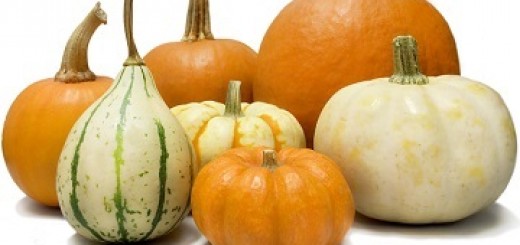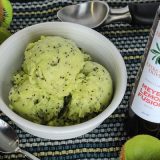Tips for Healthy Living: Sweet Satsumas
Sweet Satsumas

Geri Wohl, Certified Nutrition Consultant Better Eating Coach
By Geri Wohl, CNC
The sweet melons, berries and stone fruit are gone from the shelves. Fortunately, nature provides us with alternatives during these shorter days leading up to winter—apples, pears and citrus. Satsuma mandarins are the first of the oranges and tangerines to mature. Their bright, deep orange color acts as a magnet, pulling us in to whet our appetites for the immune supporting nutrients that are within.
Satsuma mandarins, also called citrus unshiu, are a type of seedless mandarin. The name “Satsuma” comes from the former province in Japan where they originated from a genetic mutation. There are over 100 varieties of satsumas grown. Satsumas used to be the most common seedless mandarin eaten in the US, but they have been overtaken by clementines. Satsumas, known for withstanding cold temperatures as low as 15 degrees, attain their optimal sweetness when grown in a climate with cold winters and hot summers.
Even though satsumas are one of the sweetest mandarins, they are low in calories. One medium-sized fruit has about 50 calories. It also contains 2 grams of fiber, 9 grams of natural sugars, 12% of the DV of vitamin A and 39% of the DV for vitamin C. These mandarins also contain a variety of powerful antioxidants, neutralizing harmful free radicals that contribute to the aging process. The antioxidant function in satsumas is in fact several times higher than that found in oranges.
With cold season upon us, increasing our intake of vitamin C is a good way to naturally boost our immune systems. Not only is vitamin C, also known as ascorbic acid, involved in a variety of biologic processes, it is an important antioxidant. While the research has shown that vitamin C can’t prevent us from getting sick, it is associated with reducing the length of illnesses. Vitamin C is a key player in collagen formation resulting in healthier skin, wound healing, improved cardiovascular health and vision health. Ascorbic acid may also reduce the risk of stroke. A study in the American Journal of Clinical Nutrition found that subjects with the highest blood concentrations of vitamin C were associated with a 42% lower stroke risk than those with the lowest concentrations of vitamin C. For more about the benefits of vitamin C in the body, see my article: Nectarine Nutrition.
Another important function of vitamin C is its ability to aid in iron absorption when consumed together. Iron is a mineral that is essential to our very existence. It aids in the transport of oxygen to all our cells. It is integral to energy production. And it supports the immune system. There are two types of iron, heme and non-heme iron. Most people absorb only 15-25% of the iron eaten in a carnivorous diet. Heme iron, found in animal protein, is more easily absorbed. If you are a vegetarian, the absorption rate of iron drops to 2-20% depending on other foods consumed (some foods inhibit nutrient absorption). Non-heme iron is found in plants, grains, seeds, legumes and egg yolks. However, in order to obtain more of the non-heme iron, eating vitamin C-rich foods will result in the release of iron allowing better absorption of iron by the body. To obtain more iron, try adding satsumas to your morning oatmeal or top a salad with satsumas. For a delicious fall salad recipe, try my mizuna, pomegranate and walnut salad.
Note that too much iron in the body can be a problem and lead to an increased risk of certain cancers. Excess iron may also be associated with a higher risk of heart disease as well. The RDA for iron is 8 mg/day for men and women over 50 who have stopped menstruating. Menstruating women require 18 mg of iron/day and pregnant women need 27 mg/day to account for the growing fetus. Levels for infants, children and teens vary by age and you should consult your pediatrician if you have concerns.
Satsuma mandarins are medium-sized, flattened spheres with a thin, deep orange peel. The peel is sometimes called a “zipper skin” because it is loosely attached to the fruit below and can be peeled away very easily. The fruit is segmented and very juicy with almost no seeds. Satsumas bruise very easily, but it won’t be obvious with the skin intact. The fruit can be stored in a cool dark place or will keep for two weeks in the refrigerator.
They are an easy snack to pack or peel and add to salads or smoothies. Keeping satsumas on hand will provide a quick dose of vitamin C during these winter months. Here’s to our health!
© Geri Wohl, CNC










